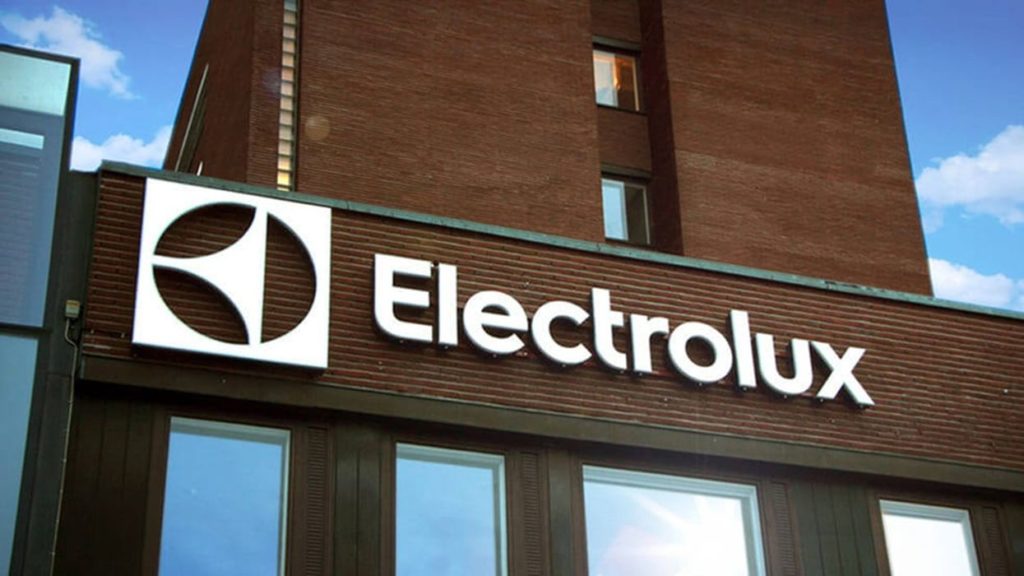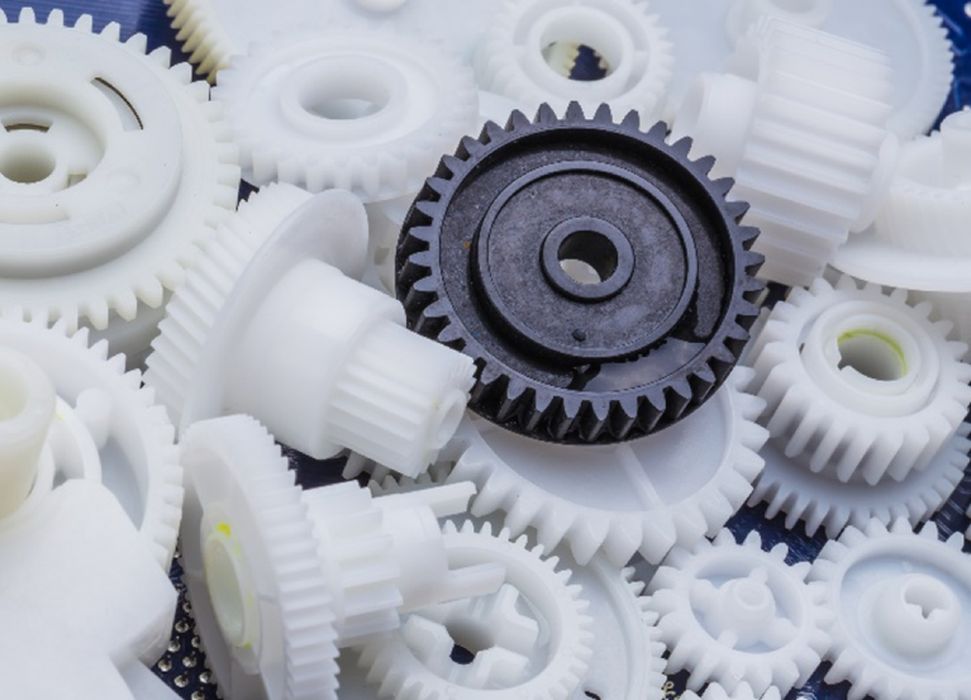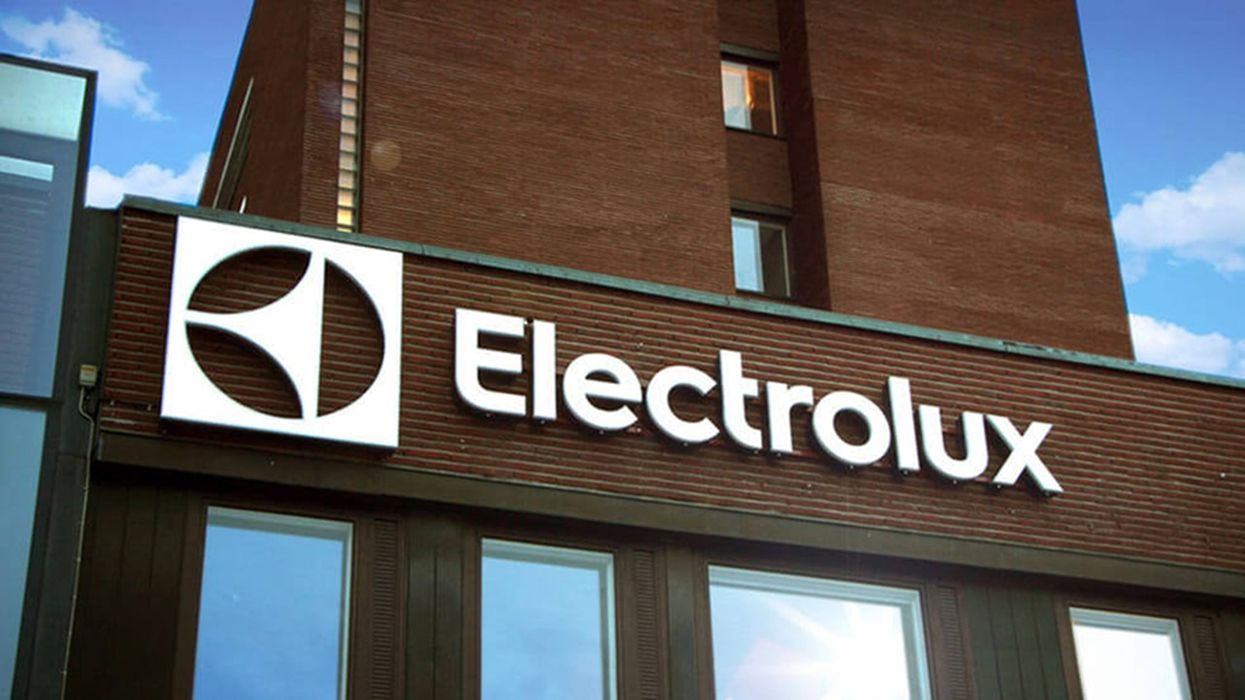
Charles R. Goulding and Preeti Sulibhavi look at the possibility of using digital inventory after an acquisition.
On October 11, 2021, Dover (NYSE: DOV) announced that it has entered into a definitive agreement to sell its Unified Brands business (“Unified Brands”), which is part of Dover’s Refrigeration & Food Equipment segment, to Electrolux Professional AB (STO: EPRO B) for approximately $244 million, on a cash-free and debt-free basis, subject to customary post-closing adjustments. Unified Brands designs, manufactures and markets professional cooking equipment for commercial foodservice operators and is expected to generate approximately US$135M in sales in 2021.
Commenting on the transaction, Dover’s President and Chief Executive Officer, Richard J. Tobin, said, “Unified Brands has been a part of the Dover family for over fifty years. As we look to the future, we believe that this transaction is a good outcome for both Dover and Unified Brands. It will allow Dover to concentrate our time and capital on growing our core business platforms, while Unified Brands will benefit from Electrolux Professional’s focus on the commercial foodservice market and its complementary customer base, product lines and channel partners.
The transaction is expected to close in the fourth quarter of 2021, subject to customary closing conditions.
Electrolux and 3D Printing

Today it’s common practice for manufacturers to keep stock of spare parts after production of an appliance is over. This results in a happy customer when they require maintenance and repair on a vacuum or broken washing machine, for example.
But those parts need to be kept in warehouses, which generate labor and maintenance costs. Moreover, some parts gather dust in a warehouse until they end up being scrapped. Costs can further spike if the parts can no longer be supplied through mass-production methods.
For these long-tail scenarios, manufacturers typically warehouse parts centrally in factories or distribution centers. To ship the parts from distribution centers to the waiting consumer can take weeks.
To address the challenges of reducing inventory and improving efficiency, Electrolux has been exploring the possibility of 3D printing spare parts. Electrolux had partnered with Spare Parts 3D, a Singapore-based tech start-up to conduct a feasibility study aimed at evaluating on-demand and distributed production of spare parts. 3D printing could become a solution to minimizing inventory costs and delivery lead time.
The Research & Development Tax Credit
The now permanent Research and Development (R&D) Tax Credit is available for companies developing new or improved products, processes and/or software.
3D printing can help boost a company’s R&D Tax Credits. Wages for technical employees creating, testing and revising 3D printed prototypes can be included as a percentage of eligible time spent for the R&D Tax Credit. Similarly, when used as a method of improving a process, time spent integrating 3D printing hardware and software counts as an eligible activity. Lastly, when used for modeling and preproduction, the costs of filaments consumed during the development process may also be recovered.
Whether it is used for creating and testing prototypes or for final production, 3D printing is a great indicator that R&D Credit eligible activities are taking place. Companies implementing this technology at any point should consider taking advantage of R&D Tax Credits.
Conclusion
It’s not the first time a global corporate acquisition has impacted the 3D printing industry, nor will it be the last. The purchase of Unified Brands by Electrolux has infinite potential for applying 3D printing in a variety of new ways and potentially taking spare part production to scale.

